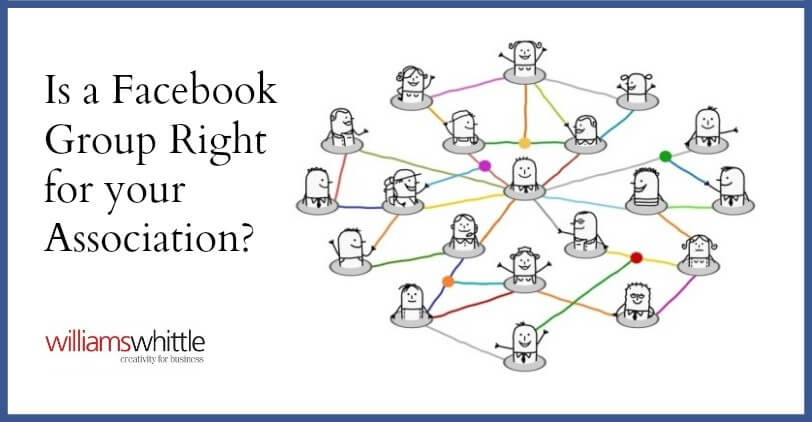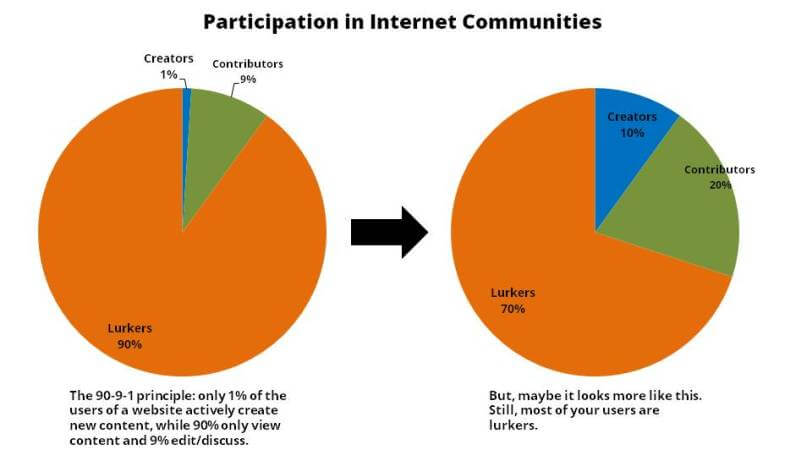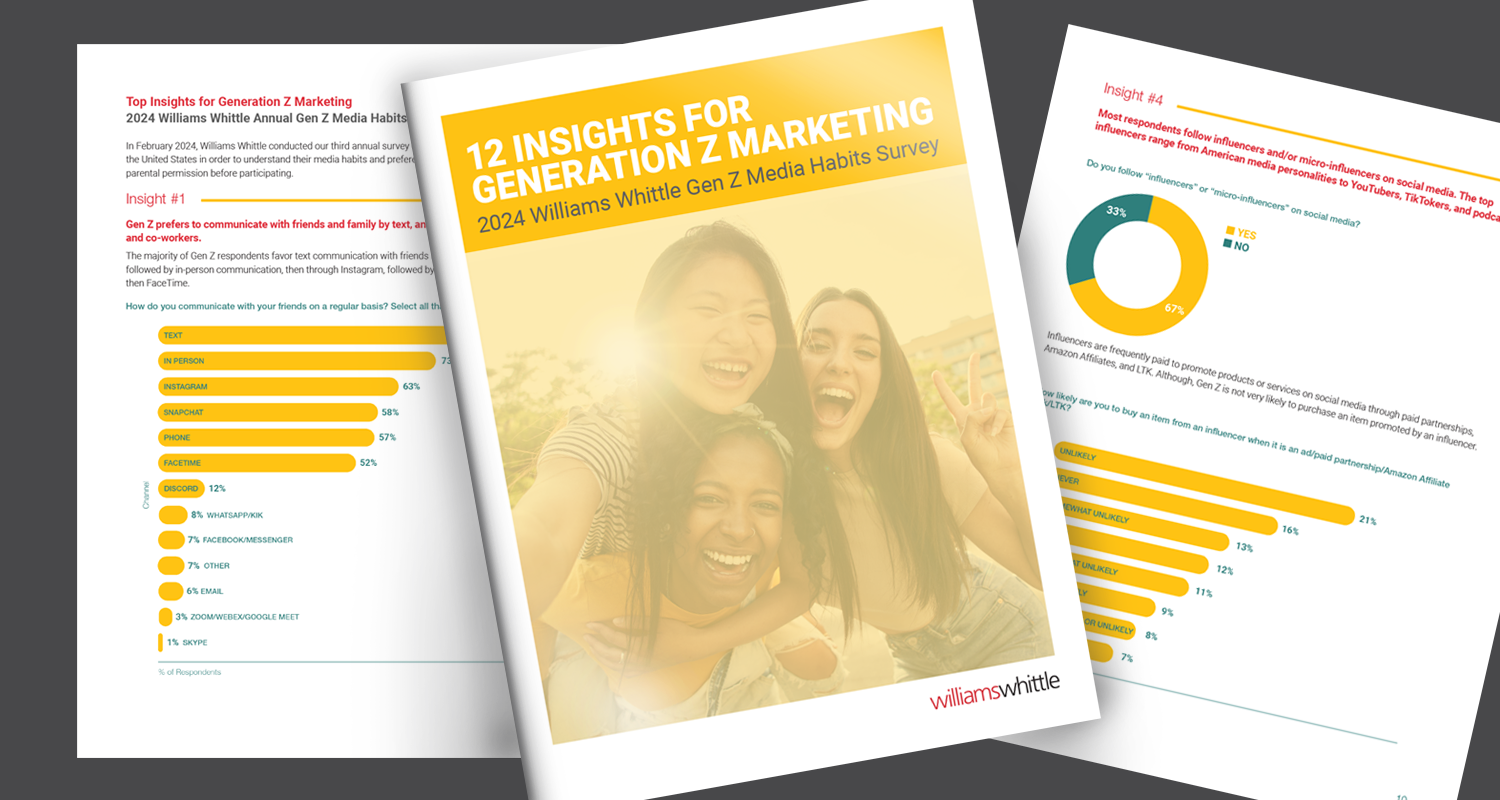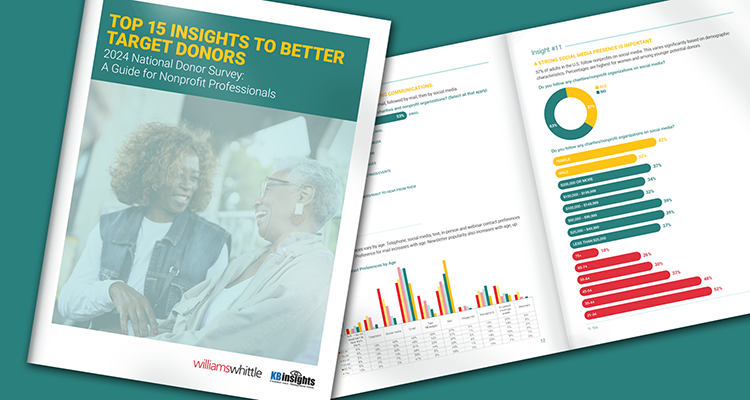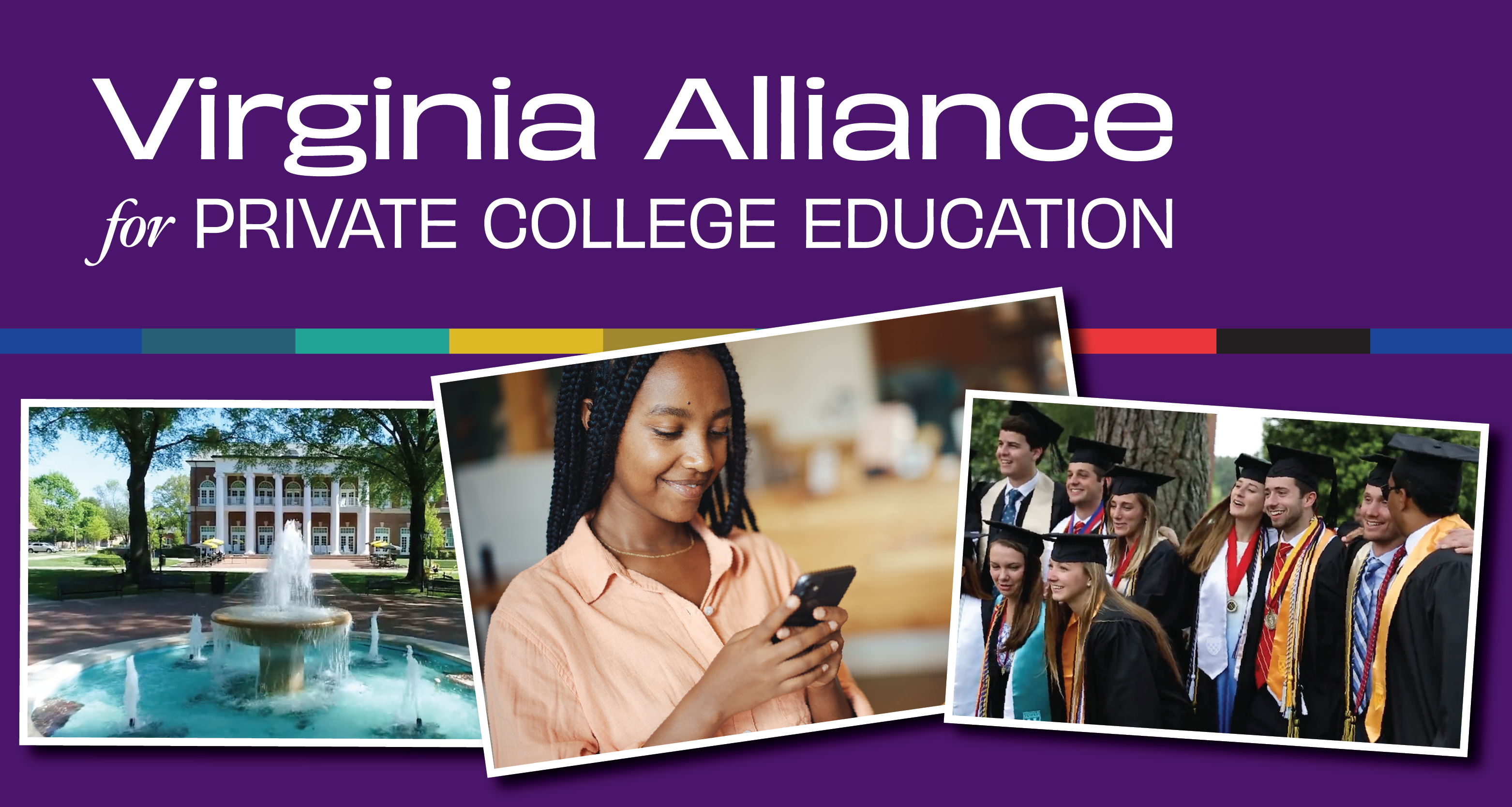There’s one piece of feedback that every association hears: their members want to connect with their peers. They want more networking, and they want more opportunities for discussion. So associations are looking for ways to help their members connect, and online communities are becoming more and more popular.
Facebook is a free, easy way to promote networking among your members. But how do you know if a Facebook group is the right for your association?
Are your members on Facebook?
Pew recently released the Demographics of Key Social Networking Platforms. As 71% of the American population is on Facebook, chances are good that your target audience is on the platform. And while younger demographics are on Facebook, they may not use it as often as a different platform. Do some research to see if Facebook is the primary (or secondary) social network your members use.
And remember: if your association’s page isn’t active, it doesn’t mean your Facebook group won’t be!
Do your members want it?
Chances are good that your members are clamoring for more ways to connect with each other. However, some individuals only want to connect in person. Some, on the other hand, prefer connecting over the internet. But how do you know which bucket your membership falls into?
Think about what topics they want to discuss. If your association discusses delicate topics, your members may have privacy concerns about posting their opinions or thoughts on Facebook.
Also think about the geographic area of your association. Would this be a useful way for members geographically far away from one another to meet? Or, if it is a local group, does this provide an added benefit that in-person networking cannot provide?
Could you get 20-30 members to be your community champions?
Every new community relies on a core group of people to keep it running. The old math used to be 90%/9%/1%: 90% are lurkers, 9% are contributors, and 1% are content creators. Other studies showed that it was closer to 70%/20%/10%, the truth remains that the vast majority of your community will be lurkers.
This means it’s imperative to get that 10% active and on board (and on the hook) early to post and react to fresh content. That will seed your community with activity, boosting its results in the beginning, until participation becomes habit. By doing this, your 10% is already active and providing enough fuel for the lurkers to have valuable content to read and, hopefully, react to.
Do you have a month (or three) to dedicate 5 hours a week?
Any new project takes time, but getting an online community started can be more than what you think. Having an engaged membership certainly makes it easier, but you will need to do some legwork.
Even with your 20-30 community champions, you’ll need to kick start conversations, make sure everyone’s post gets at least one response, and monitor the activity for anything that is outside of your basic guidelines.
While a fair amount of work, a Facebook group can be wildly successful, and even a core membership benefit. So if you answered, “Yes!” to all of these questions, then a Facebook group may be the right decision for your association.
Allison is a nonprofit communications consultant and friend of Williams Whittle who specializes in creating affordable communications strategies for small nonprofits. She has five years of nonprofit and association experience including developing communications strategies, conducting an organizational rebrand, and building a custom social network.
